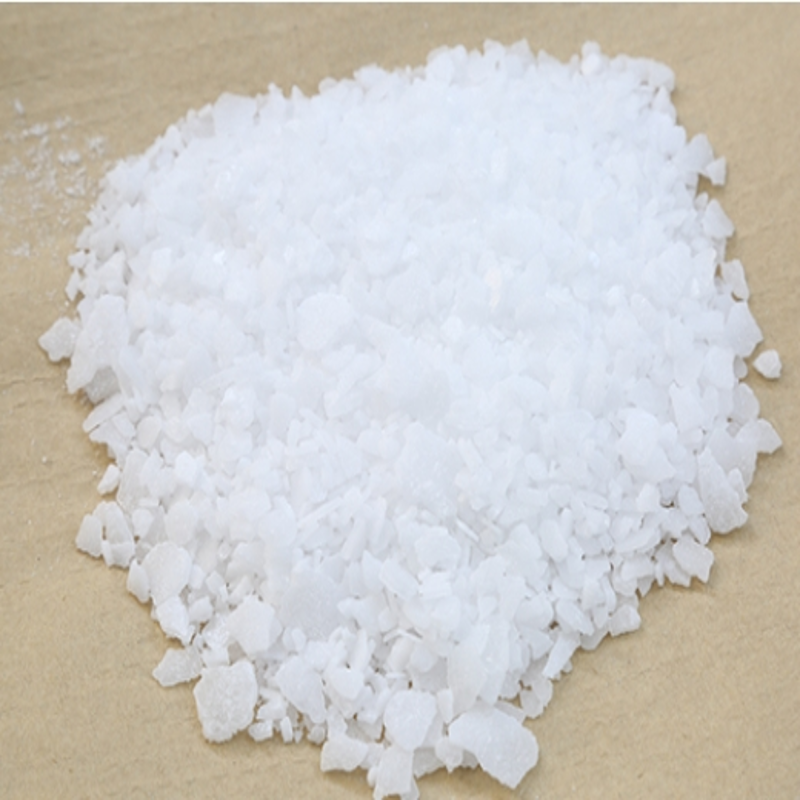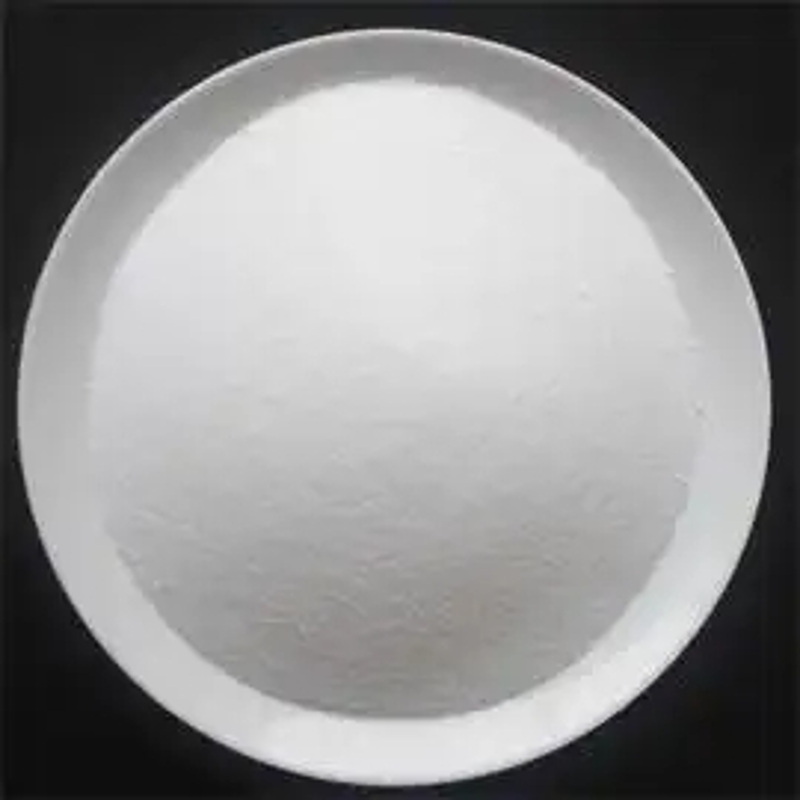-
Categories
-
Pharmaceutical Intermediates
-
Active Pharmaceutical Ingredients
-
Food Additives
- Industrial Coatings
- Agrochemicals
- Dyes and Pigments
- Surfactant
- Flavors and Fragrances
- Chemical Reagents
- Catalyst and Auxiliary
- Natural Products
- Inorganic Chemistry
-
Organic Chemistry
-
Biochemical Engineering
- Analytical Chemistry
- Cosmetic Ingredient
-
Pharmaceutical Intermediates
Promotion
ECHEMI Mall
Wholesale
Weekly Price
Exhibition
News
-
Trade Service
Toxic encephalopathy of carbon monoxide
(1) Basic pathology
In terms of pathological changes, the changes caused by carbon monoxide poisoning do not belong to the category of white matter disease and cerebral degenerative diseases, but there are similarities
in terms of the anatomical site and imaging manifestations of the disease.
Although the cerebral cortex (nerve cells) of the central nervous system is the most sensitive to ischemia and hypoxia, the blood supply of the cerebral cortex comes from the rich vascular anastomosis network formed by the internal carotid artery and the external carotid artery, and the lack of obvious communication and anastomosis between the main blood supply arteries of the cerebral white matter, especially the blood supply of the deep white matter and the nuclei distributed between it mainly comes from the perforated blood vessels, so the main lesion of brain tissue in the white matter part
of the brain during carbon monoxide poisoning.
The affinity of carbon monoxide to hemoglobin is about 300 times that of oxygen to hemoglobin, and even inhalation of a small amount of carbon monoxide can cause the conversion of oxygenated hemoglobin to carboxyhemoglobin
.
Carboxyhemoglobin blocks the release of oxygen in hemoglobin, depriving brain tissue of oxygen and forming hypoxic encephalopathy
.
The basic cause of encephalopathy caused by hypoxia of brain tissue caused by carbon monoxide poisoning is cerebral vasospasm
.
Accompanied by cerebral vasospasm of brain tissue extensive ischemia, hemorrhage and edema, severe cerebral vasospasm can cause cerebral thrombosis, cause basal ganglia, and even the formation of softening foci in the cerebral cortex, and extensive demyelination of
white matter.
(2) Main clinical information
A clear history of carbon monoxide poisoning is key
to diagnosis.
The main clinical manifestations are mild headache, dizziness, nausea, vomiting, limb weakness, and severe cases are rapid coma, high fever or convulsions
.
Cerebral edema, pulmonary edema, and myocardial damage are
often complicated.
(3) Pathological basis of imaging diagnosis
Symmetrical, widespread edema on both sides of the brain underlies
imaging representation.
CT showed symmetrical low density in the basal ganglia on both sides, which was evident as globus pallidus, and extensive low-density changes
in both cerebral hemispheres.
MRI can more clearly show that the white matter of both cerebral hemispheres and the basal ganglia area T1WI are diffuse low intensity, and T2WI is hyperintensive
.
Ventricular compression becomes smaller, and the sulcili, cistern, and brain fission are shallow or even disappear, which is an important diagnostic basis for
toxic cerebral edema of carbon monoxide.
Subsequent changes in brain tissue poisoning with carbon monoxide may include white matter demyelination
.
MRI shows T1WI as low-signal and T2WI as high-intensity
.
Enhancement of demyelination lesions during active scanning may be enhanced, but these imaging findings are not characteristic of carbon monoxide poisoning
.
↑ Carbon monoxide toxic encephalopathy (a) Transverse axis T1WI: diffuse low signal with symmetrical distribution of bilateral cerebral white matter and basal ganglia area, narrowing of ventricular compression, shallow sulci and brain fission, and swelling of the brain gyrus, which is a manifestation of diffuse edema of brain tissue; (b) Transverse axis T2WI: uniform hyperintensity
in the lesion area.
Delayed encephalopathy after acute carbon monoxide poisoning DEACMP (Delayed encephalopathy after acute carbon monoxide poisoning) refers to a group of neuropsychiatric symptoms
dominated by acute dementia that reappear after a few days or weeks (about 2-60 days) of normal or near-normal "false recovery" after rescue of patients with carbon monoxide poisoning 。 Or some patients with acute carbon monoxide poisoning suddenly develop brain dysfunction dominated by dementia, psychiatric and extrapyramidal symptoms after a period of false recovery
after the consciousness disorder returns to normal in the acute phase.
CO toxic encephalopathy needs to be differentiated from the following diseases:
(1) Bilateral multiple watershed cerebral infarction: the morphology and distribution are consistent with the distribution of the blood supply arteries, often located in the cortical area and the corresponding white matter area, mostly triangular, clearly defined, the basal ganglia is multiple lesions, which can involve the brainstem
.
(2) Elderly demyelinating changes: mostly symmetrical long T 2 signals immediately adjacent to the lateral ventricles, and often combined with multiple lacunar infarction foci
in the center of the basal ganglia and semi-oval.
(3) Acute progressive Wilson's disease: although it can be manifested as putamen, globus pallida symmetrical involvement, and can involve the white matter of the brain, it can also involve the thalamus, brainstem and cerebellum, and there can be liver cirrhosis, corneal K-F ring and other clinical manifestations to be differentiated
.
(4) Other toxic encephalopathy should be combined with medical history
.







